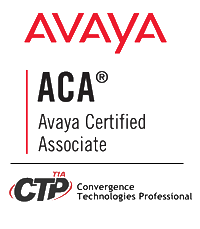 This past weekend I had the pleasure of working with the Michigan Historical Museum for their celebration of Michigan’s 175th Birthday. I was asked to do a display involving the Microsoft Kinect, to showcase some of the possibilities of the technology. I introduced the patrons to demos of my Kinect Space Invaders game in addition to the “dancing stick figures” demo. Both demos were a huge hit, with the dancing stick figures drawing people in and the space invaders game showcasing a no-touch game that is highly interactive.
This past weekend I had the pleasure of working with the Michigan Historical Museum for their celebration of Michigan’s 175th Birthday. I was asked to do a display involving the Microsoft Kinect, to showcase some of the possibilities of the technology. I introduced the patrons to demos of my Kinect Space Invaders game in addition to the “dancing stick figures” demo. Both demos were a huge hit, with the dancing stick figures drawing people in and the space invaders game showcasing a no-touch game that is highly interactive.
For both demos, I used the new as3NUI AIR Native Extension that is available here : http://www.as3nui.com/ Unlike my other Kinect projects I’ve worked with, this is the first that has taken advantage of the Microsoft Kinect SDK. It was a huge relief to find out how easy it was for Microsoft’s SDK to install (the only thing that tripped me up was the .NET Runtime version that I didn’t have installed). The ANE plugged right into it and fired up without issues, which was a huge relief considering how much of a pain in the rear that the PrimeSense NUI tooling to get setup.
Microsoft has finally released their 1.0 version of the Kinect for Windows SDK as of today (Feb 1st). You can find out more about their SDK here : http://www.microsoft.com/en-us/kinectforwindows/. Unlike the earlier, beta SDKs, they are finally allowing the Kinect to be used for commercial applications HOWEVER, you will need to buy and use one of their non-subsidized Kinect units for about $250. No word yet if they will have re-furbished packaging like they do for the XBOX 360 Kinect units. Developers can still use the XBOX Kinect for the time being, but Microsoft is highly encouraging for us to purchase the Kinect for Windows units vs. the XBOX ones. It is still be be seen how driver compatibility is between the two units.
If you have any interest in checking out the Kinect Space Invaders game that I demoed this past weekend, you can install the Microsoft Kinect SDK (this was tested with Beta 2), plug in your Kinect, and install the demo from here. I will eventually be publishing an updated version tested with the final SDK, but I will be waiting for the updated AS3NUI ANE that is being built to support the latest features of the SDK.



